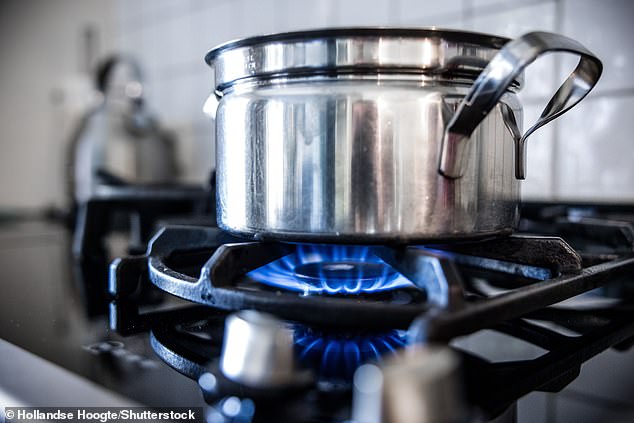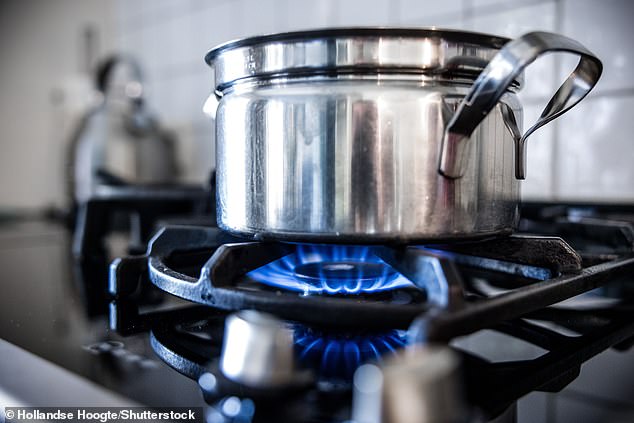Indoor pollution from an incredibly common device is sending 4,000 people to an early grave every year, experts warn



Nearly 4,000 Britons die every year from pollution caused by using a gas stove indoors, according to a Spanish study.
It has been known for years that gas stoves produce nitrogen dioxide (NO2), a gas that is potentially harmful to humans.
Now researchers from Jaume I University have calculated that indoor pollution from gas cooking leads to almost 40,000 premature deaths in Europe.
Britain is responsible for 3,928 of this total, and alongside Italy, Poland, Romania and France are the worst-hit countries in terms of these early deaths.
The researchers said indoor pollution from gas stoves was especially bad in homes with poor ventilation and during long periods of cooking.
However, the study found dangerous NO2 levels in the average home in 14 European countries, including Britain, which breached World Health Organization guidelines.
Researchers also estimate that exposure to pollutants released from cooking with gas contributes to nearly 370,000 cases of asthma in children across the continent.
The authors also warned that their findings could be an underestimate because there was a lack of data on how exposure to some of the other substances emitted by gas stoves could harm human health.

Gas stoves are known to produce levels of the gas nitrogen dioxide (NO2), which can be harmful to human health, but experts have previously been unable to explain the human cost
Lead author of the study, Dr Juana Maria Delgado-Saborit, said: ‘As far back as 1978, we first learned that NO2 pollution is many times greater in gas kitchens than in electric stoves.
‘But only now can we put a figure on the number of lives that are being cut short.
‘The scale of the problem is much worse than we thought, with our modeling suggesting the average home in half of Europe exceeds WHO limits.
‘Outdoor air pollution lays the foundation for these violations, but it is gas stoves that push homes into the danger zone.’
NO2 is an established pollutant that can harm human health by inflaming the airways of the lungs, with longer-term exposure affecting organ function and the heart.
However, most studies have examined the impact of NO2 exposure in terms of outdoor pollution, such as emissions from cars that use fossil fuels, and not what people might be exposed to in their own homes.
An estimated one-third of European households cook with gas, and given the large number of people across the continent who stay indoors during the colder months in homes specifically designed to be as airtight as possible to retain heat.
This, the authors suggested, means their findings could have major implications for the health of people in these countries.

Researchers also estimate that exposure to pollutants released from cooking with gas contributes to almost 370,000 cases of asthma in children across Europe.
The authors arrived at their figure of 40,000 premature deaths by comparing the known risks of indoor air pollution from gas stoves, identified by previous research, with government data to scale them up to a continent-wide total.
This study was conducted in collaboration with the European Public Health Alliance (EPHA), a non-profit organization campaigning for the EU to take action in this area.
The body is calling on Brussels to phase out gas stoves by giving people financial incentives to switch to electric and also providing the appliances with health warnings.
EPHA policy manager for global public health, Sara Bertucci, said: ‘For too long it has been easy to ignore the dangers of gas stoves.
‘Like cigarettes, people didn’t think much about the health consequences, and like cigarettes, gas stoves are a small fire that fills our homes with pollution.
‘The actual impact is probably greater than predicted in this study. Knowing that, governments should take the lead in helping us quit smoking, just as they helped us quit smoking.”




